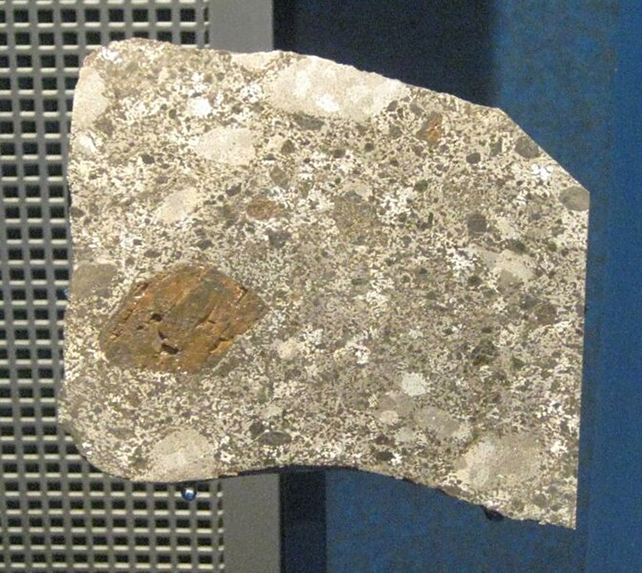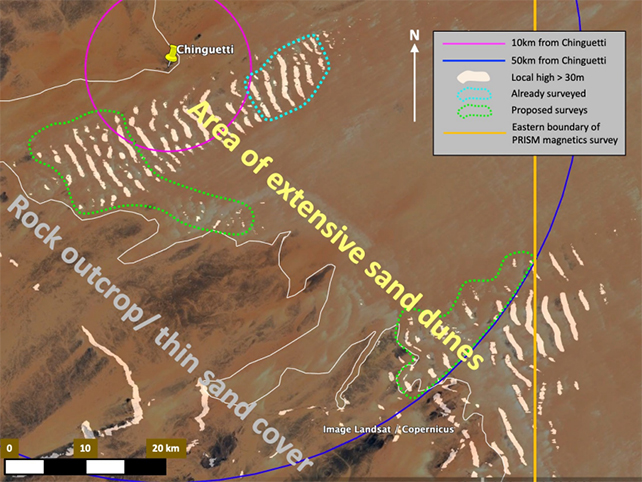The story of the Chinguetti meteorite is a very compelling mystery.
The 4.5-kilogram (10 pound) stony-iron rock was reportedly taken from the top of a giant 100-meter-wide (328 foot) iron mountain – suggested to be a huge meteorite – in Africa back in 1916.
In spite of numerous searches, the existence of this larger parent meteorite has never been confirmed. Now, a team of researchers are back on the trail.
If it exists, this iron mountain would represent the largest meteorite on the planet by some distance – and scientists from Imperial College London and the University of Oxford in the UK want to use maps of magnetic anomalies (such as large blocks of iron) to try to find it.
To start at the start, the smaller meteorite chunk was originally recovered by French consular official Captain Gaston Ripert, who said he'd been blindfolded and guided to the 'iron hill' by a local chieftain.

The meteorite was named after the nearby city of Chinguetti, in Mauritania, northwest Africa. All subsequent attempts to find the giant iron mountain that it was originally a part of, right up to the 1990s, haven't been able to find the spot where Ripert was taken to.
What's more, a 2001 study concluded that the fragment of stony-iron mesosiderite could not have come from a mass with a volume larger than 1.6 meters across, based on a chemical analysis of the metal.
Was Captain Ripert lying? Or simply mistaken?
Perhaps neither, say the latest researchers to take up the mission of finding the Chinguetti meteorite. The lack of an impact crater could be the result of the meteorite coming in at a very low angle before hitting the ground, for example.

Past searches may have turned up nothing because the iron mountain had been covered by sand, or because the instruments used weren't accurate, or because the search area was in the wrong place based on Ripert's vague instructions. These are all possibilities, the scientists say in a new paper.
Perhaps most interestingly, Ripert specifically described a feature on the iron hill. The captain described finding drawn out metallic 'needles' that he unsuccessfully tried to remove with blows from his smaller meteorite sample.
The authors of the paper speculate that these ductile structures could be phases of nickel-iron known as 'Thomson structures'. Unheard of in 1916, it's unlikely Ripert would have fabricated such an observation.
For the first time, the researchers here used digital elevation models, radar data, and interviews with local camel riders to narrow down the areas where Ripert might have been taken to, based on his report of a half-day journey.
Using the heights of dunes that could be concealing the giant meteorite as a guide, the team has identified areas of interest, and requested aeromagnetic survey data for these locations from Mauritania's Ministry of Petroleum Energy and Mines. So far, access to that data hasn't yet been given.
An alternative approach would be to scan the region by foot in search of the long-lost meteorite, though this could take several weeks.
"If the result is negative the explanation of Ripert's story would remain unsolved, however, and the problems of the ductile needles, and the coincidental discovery of the mesosiderite would remain," write the researchers.
The researchers' new findings are not yet peer-reviewed, but can be accessed on the pre-print server ArXiv.
